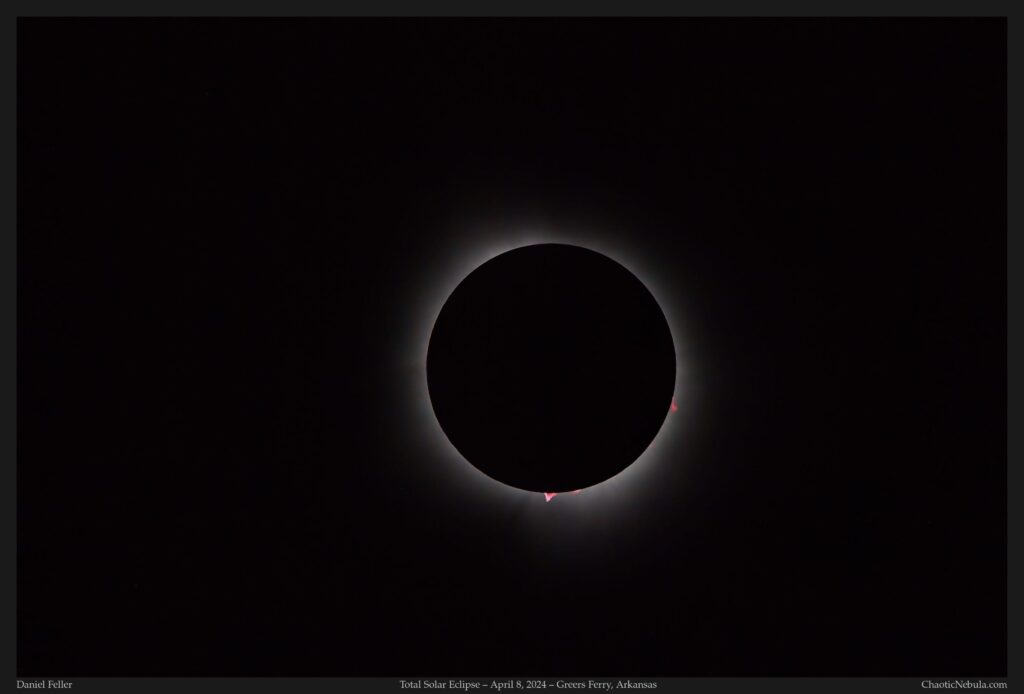There’s a reason why sunglasses aren’t enough at midday on the beach. Our sun, a powerful ball of thermonuclear fury, emits intense radiation across the entire electromagnetic spectrum, not just the visible light we perceive. While capturing its fiery beauty might seem tempting, doing so without proper precautions can have disastrous consequences. Before going further with solar photography, you need to understand the hidden dangers lurking behind the sun’s dazzling facade so you can photograph it safely.

Sunburn for Your Eyes
Unlike skin, your eyes lack natural protection against solar radiation. Looking directly at the sun, even for a brief moment, can cause solar retinopathy, a condition where the sun’s intense heat burns the light-sensitive retina. This can lead to permanent vision loss, including blind spots and even complete blindness. The danger doesn’t stop there. Looking through unfiltered cameras or telescopes magnifies the sun’s rays, amplifying the damage.
NEVER look through a camera or telescope that is pointing near the sun unless appropriate filters are in place. More on that later.
Camera Meltdown
Even your trusty camera isn’t immune to the sun’s wrath. Pointing an unfiltered lens directly at the sun can fry its delicate sensor, essentially melting its internal components. Think of it as a microscopic case of solar flare activity within your camera! Additionally, the intense heat can warp lenses and damage other camera parts.
Sure you might get an interesting image, but it might cost you your camera or lens.
Hidden Dangers of Solar Photography
It’s not just visible light you need to worry about. The sun emits invisible ultraviolet (UV) and infrared (IR) radiation, which can cause further damage to your eyes and camera equipment. While they might not be immediately perceptible, the long-term effects can be significant.
UV light is what causes skin cancer. What do you think will happen to your unprotected eyes or camera?
Solar Photography Safety
Fortunately, with proper precautions, capturing the sun’s magnificence is possible. Here are some key takeaways solar photography safety:
- Never look directly at the sun, even through sunglasses or unfiltered cameras.
- Always use certified solar filters designed specifically for solar observation. These filters block harmful radiation while allowing safe viewing and photography.
- Consult expert resources and photography communities for specific recommendations on filters, techniques, and safety protocols.
- Remember: safety first! If you’re unsure about anything, err on the side of caution and don’t risk your eyes or equipment.
What’s Next
By understanding the dangers and taking the necessary precautions, you can embark on your solar photography journey with confidence.
The next step is to get a certified solar filter for your camera.
Remember, the sun is a majestic subject, but respecting its power is crucial to capturing its beauty safely and responsibly. Happy (and safe) shooting!